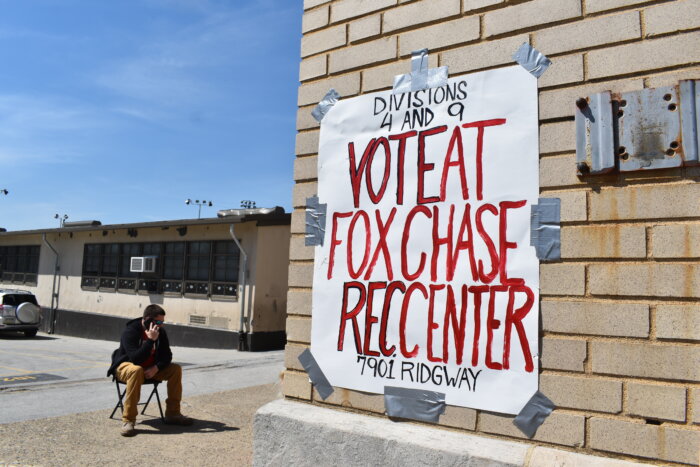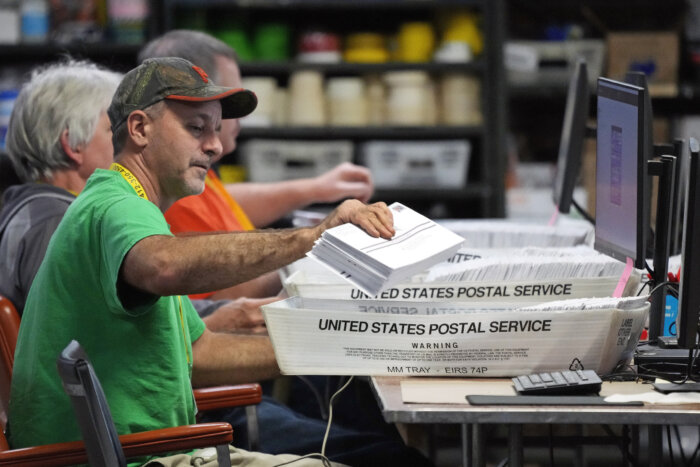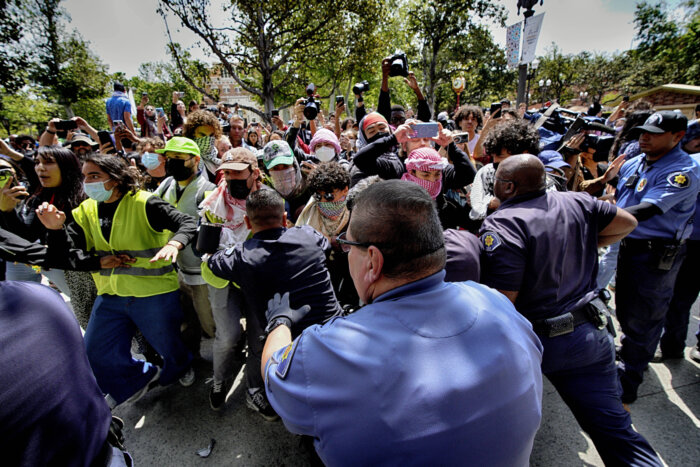Shootings around Philly sometimes seem like an unstoppable problem. But innovative technology designed by a Philly cop could be part of the answer to stemming the bloodshed.
Aural anomaly detector devices, similar to gunshot detection technology, have been in place for the past year and a half. And they have helped police cut response time to shootings.
“We were able to make an apprehension within 15 seconds of one guy shooting another guy,” Michael Vidro, director of Public Safety Technology for the Philadelphia Police Department Intelligence Bureau, said of one case.
Vidro designed the system, which is a Philly-specific version of SENTRI technology. It cost $500,000 to design, requires no additional costs to operate and would cost about $10,000 per new unit to expand. By comparison, Vidro said, Shotspotter would have charged $500,000 to install devices to cover just ten square miles, additional costs to expand that coverage area and another $500,000 per year for maintenance.
Cutting response time to about a minute and 37 seconds before the first 911 call is made is a potentially life-saving amount of time. And in its pilot year, from Dec. 31, 2015, to Jan. 1, 2017, the system was responsible for saving the lives of at least four gunshot victims, Vidro said.
Vidro’s quest to create this one-of-a-kind system began in 2008. He reviewed the use of ShotSpotter, a gunshot detection system currently used in Camden, New Jersey, but opted to design his own aural anomaly detectors in conjunction with the manufacturers of SENTRI, another gunshot detection device.
“It’s my specialized box that I built,” said Vidro. “We own the design. We have all the engineering documentation, and it is our intellectual property.”
Vidro came up with the design for a sound detection device that could be attached to police surveillance cameras. Out of the massive Delaware Valley Intelligence Center in South Philadelphia, Vidro can monitor the city through thousands of surveillance cameras – police alone have about 380 cameras citywide, but he can also tap in to 120 Streets Department cameras and more than 2,800 cameras owned by SEPTA.
“The only way I saw success in building this technology was not to pinpoint the location of a gunshot,” he said. “It was that I’m going to tie a camera to this, so I can have a visual to go along with the audio.”
Any sound loud enough to trigger a response alerts operators and automatically pans the camera to the source of the gunshot or other noise, so an operator can review the footage and react if needed.
“It’s like watching tennis with bullets,” Vidro said of the way the cameras automatically follow sound. “This gives ears to my cameras. That’s what it’s for.”
Throughout Philadelphia’s 142 square miles, 18 cameras are equipped with aural anomaly detectors. They have a roughly 600-foot radius of sound detection – though the devices can pick up sounds from over two miles away. Arizona-based Safety Dynamics, the manufacturer of SENTRI, builds Vidro’s boxes per his designs.
By using an in-house design, the city gets to keep the data and has no new costs for training or needing to hire new employees, he said.
Could more of Vidro’s boxes lower response time even further and boost apprehensions in shootings?
“I think they’ve shown that they can,” he said.
What does Philly need to fix, and how can we do it? Tweet us your ideas @metrophilly.































